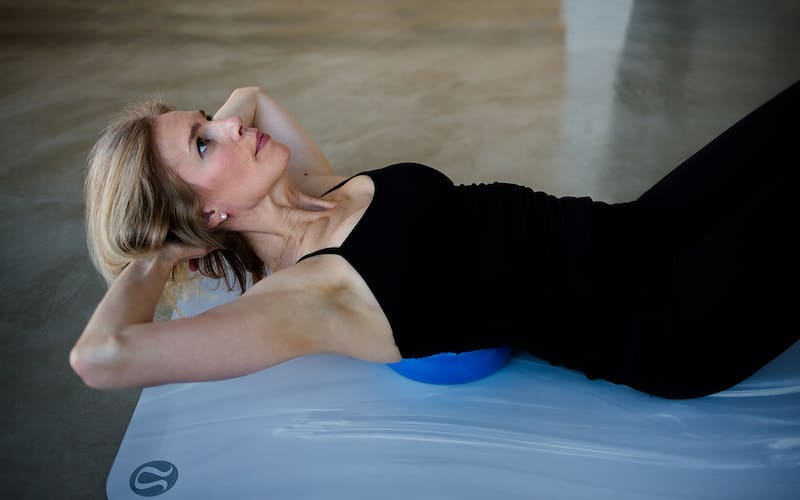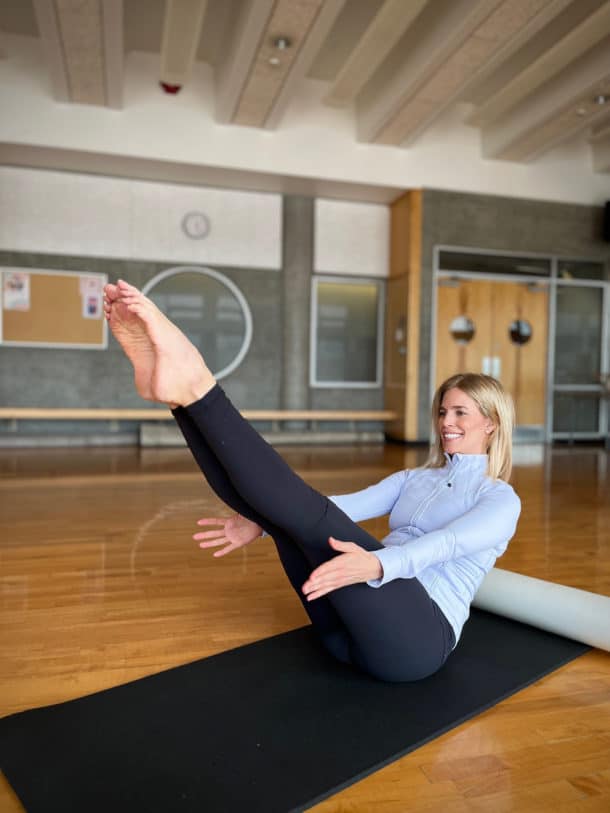How good alignment keeps your joints healthy.
Good alignment is when your body is in correct or appropriate relative positions. Proper alignment makes your body stronger and easier to move. In fact, hips that are properly aligned can safely support 8x your body weight.
Pain often occurs when there is a misalignment somewhere in the kinetic chain. If the misalignment is not corrected, it will wreak havoc on your muscles and/or joints and the end result is often arthritis.
Two types of arthritis
According to the Mayo Clinic, there are two main types of arthritis.
1/ Rheumatoid Arthritis: the immune system attacks the joints.
2/ Osteoarthritis: the erosion of cartilage resulting from overuse or non-use of a joint. Misalignment increases the risk of overuse.
Accurate and timely diagnosis is important for preserving your cartilage and keeping your joints healthy and pain free.
Three ways to keep your joints healthy and pain free
The most important elements of keeping your cartilage healthy are similar to what you do for general good health: exercise regularly, eat a healthy diet, and manage your stress. More specifically:
1/ Move with good form
Proper alignment will reduce the risk of injury to the cartilage so that the joint serves the function that it is designed to do. Based on the latest research, movement taught correctly overtime is as good as manual therapy for reducing pain and maintaining healthy joints.
2/ Eat a plant based diet
A plant based diet helps to reduce unnecessary inflammation. Unnecessary inflation is an immune response that is not triggered by injury or infection. Without something to heal, the immune system cells begin to destroy healthy arteries, organs and joints. The result is often a chronic health condition such as diabetes.
3/ Reduce stress
You may not be able to eliminate the factors causing stress in the moment but you can change your perception and response to feel better about your situation. Developing good health habits and coping skills can make all the difference in how you experience stress.
Strains also cause pain
Pain that is not joint related is likely a muscle and/or fascia strain. There are three different levels of strains.
1: Stained muscle with no loss of strength
2: Strained muscle with swelling, loss of strength and possibly a bruise.
3: Torn muscle associated with a popping sound.
Consult your doctor for Level 2 and Level 3 strains.
Six tips for preventing strains
Harvard Health’s tips for preventing strains:
- Warm up before participating in sports and activities.
- Follow an exercise program aimed at stretching and strengthening your muscles.
- Increase the intensity of your training program gradually. Never push yourself too hard or too soon.
- Maintain a healthy body weight. Obesity can stress muscles, especially in your legs and back.
- Practice good posture when you sit and stand.
- Use the correct technique when you lift heavy loads.
Returning to physical activity
When you are ready to return to physical activity, start slowly and modify your workout for restrictions and range of motion. Working with a Pilates teacher can help you develop good alignment and proper form for each exercise to prevent injuries and keep your joints healthy.
Contact Us
We're interested in partnerships with brands that share our interests and values.
Create a Free Account
Receive weekly emails with workouts, tips & offers to help you live more vibrantly.



